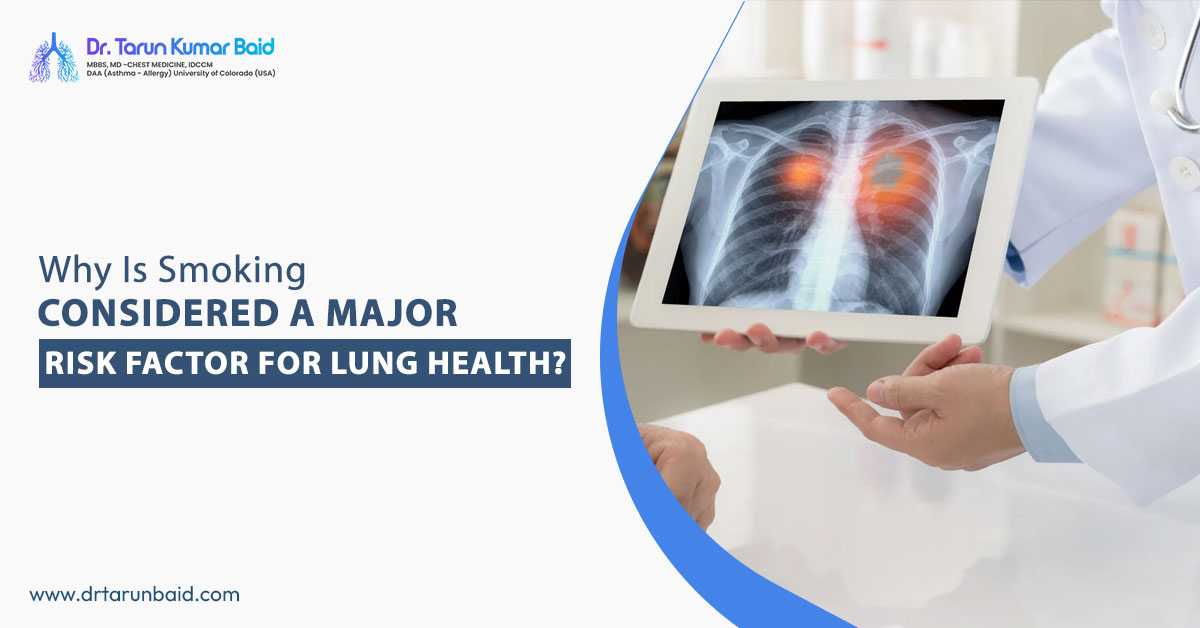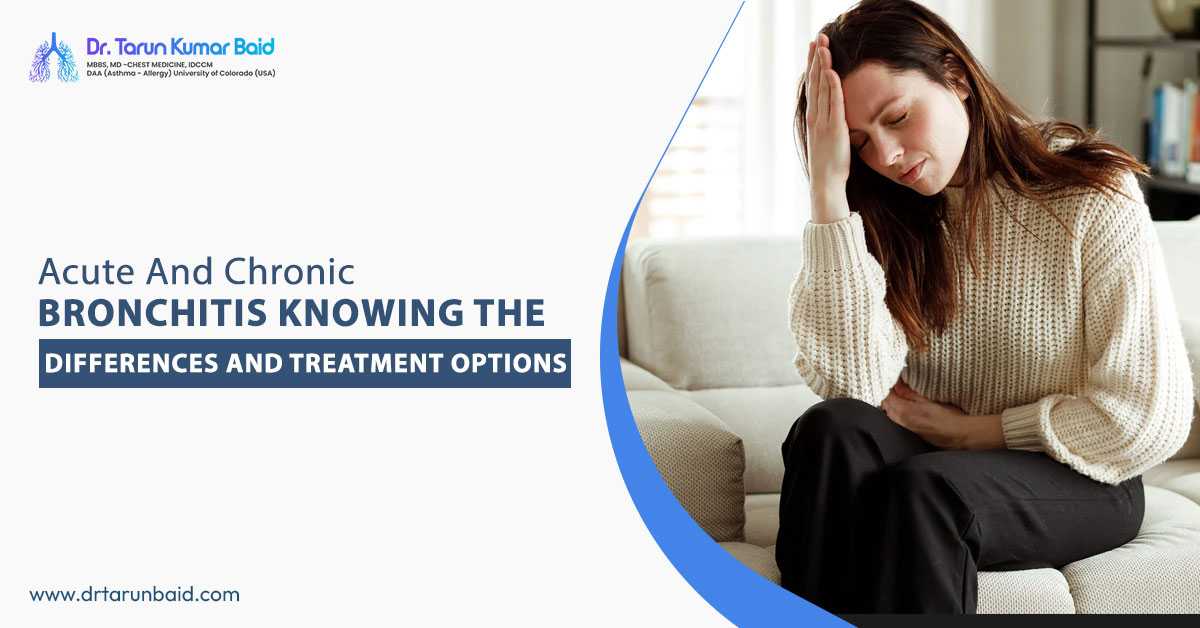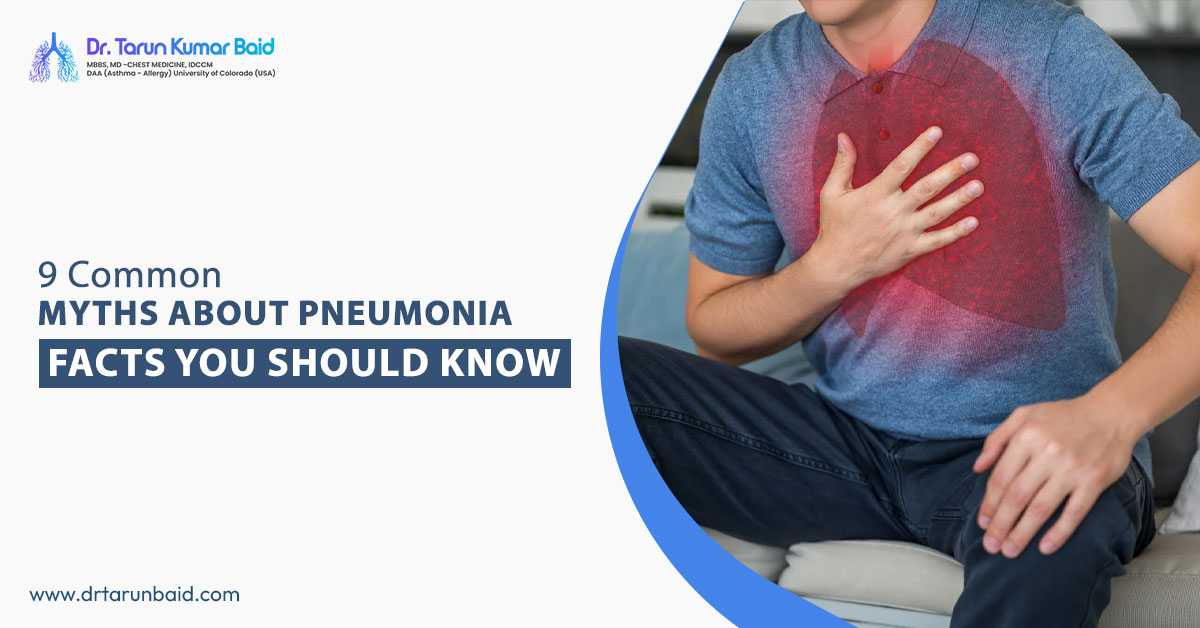Pulmonary edema is one of the most common lung disorders which is caused due to excessive fluid build-up in the lungs. This abnormal fluid in the lung area can make it extremely difficult to breathe. In most cases, underlying heart conditions such as congestive heart failure are the main cause of this disorder. If you experience any symptoms of pulmonary edema then you must contact the best pulmonologist doctor in Siliguri.
There are mainly three types of pulmonary edema such as high-altitude, sudden, and long-term. The pulmonary edema that comes suddenly is more acute and requires immediate care. Some of the common symptoms that one can experience with this disorder are cold skin, difficulty breathing, fatigue, wheezing, rapid weight gain, chest pain, fast heartbeat, and headache.
Given below are some of the most effective diagnosis and treatment options for pulmonary edema.
Diagnosis
- Chest CT scan- One of the most effective diagnostic procedures for pulmonary edema is a chest computerized tomography (CT) scan. This test can help the doctor get a detailed view of the lungs to determine the stage and progression of the disorder. The significant damage caused in the lungs can also be detected with it.
- X-Ray- Another diagnostic test that can help in diagnosing pulmonary edema is a chest X-ray. This test can determine the probable causes behind shortness of breath. This is the first test that the doctor recommends if pulmonary edema is suspected. This imaging test offers an in-depth view of the organs and structures of your chest.
- Electrocardiogram (EKG) - EKG is a painless diagnostic procedure that records the strength and timing of the signals in the heart. In this test, small sensors are attached to the chest which helps in showcasing the results. This test can indicate any thickening in the heart wall or a history of heart attack.
- Lung ultrasound- The blood flow of the lungs can be measured perfectly with the help of a lung ultrasound. In this ultrasound, sound waves are used to detect the presence of pleural effusions or excessive fluid build-up.
- Cardiac catherization- If the above-mentioned tests don’t show any significant results then the doctor can perform cardiac catherization. In this test, a catheter is inserted through a blood vessel that helps the doctor to look into the arteries of the chest more clearly. Clear videos and X-ray images are also collected during the test for further diagnosis.
Treatment
- Medications- The treatment for pulmonary edema recommended by the best chest specialist in Siliguri includes various medications such as morphine, blood pressure drugs, diuretics, and inotropes. Some medications are also prescribed to increase urination which will help in getting rid of the extra fluid inside the lungs. If congestive heart failure is the main cause behind pulmonary edema then steroids or antibiotics can be prescribed.
- Ventilators- Respirators or ventilators are another effective treatment method that can help in blowing extra air inside the windpipe through a tube. This method can help you improve your vital signs while reducing the requirements for endotracheal intubation (ETI). Non-invasive ventilation is the most beneficial treatment that can also improve the oxygen flow.
- Nasal Cannula- Another treatment approach that can help you manage the complications of pulmonary edema is a high-flow nasal cannula. This method helps in inserting oxygen inside your nose through prongs. The positive pressure created by the nasal cannula can decrease laboured breathing associated with the disorder.
Contacting a pulmonologist doctor in Siliguri will also help you to understand the preventive measures to control pulmonary edema. Some such measures include maintaining a healthy weight, smoking cessation, eating a proper diet, getting routine vaccinations, and scheduling routine examinations if you experience breathing difficulties.







